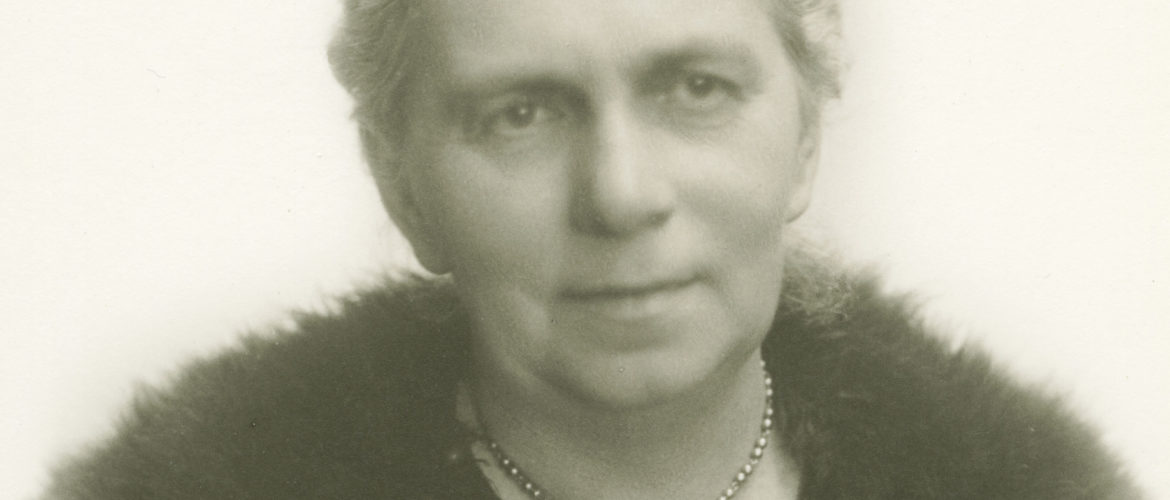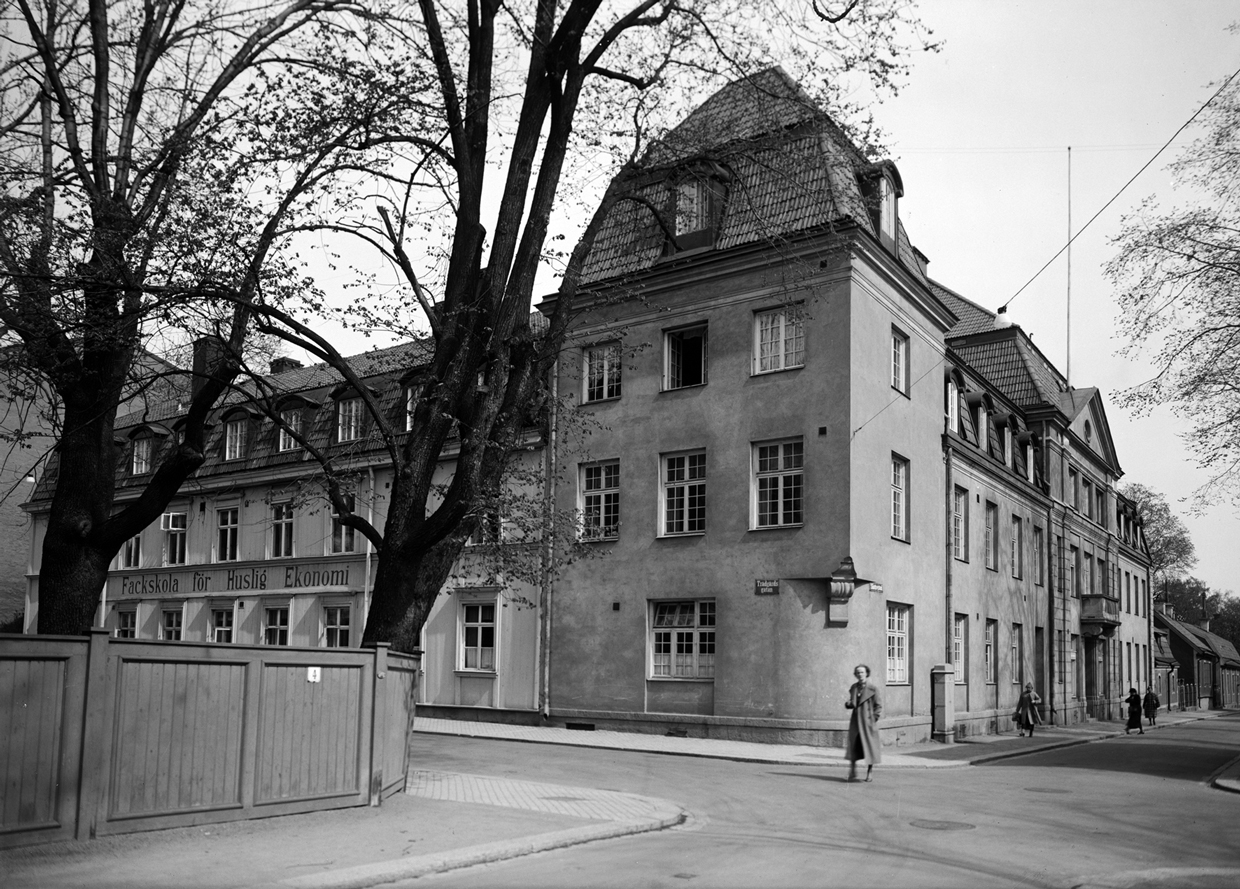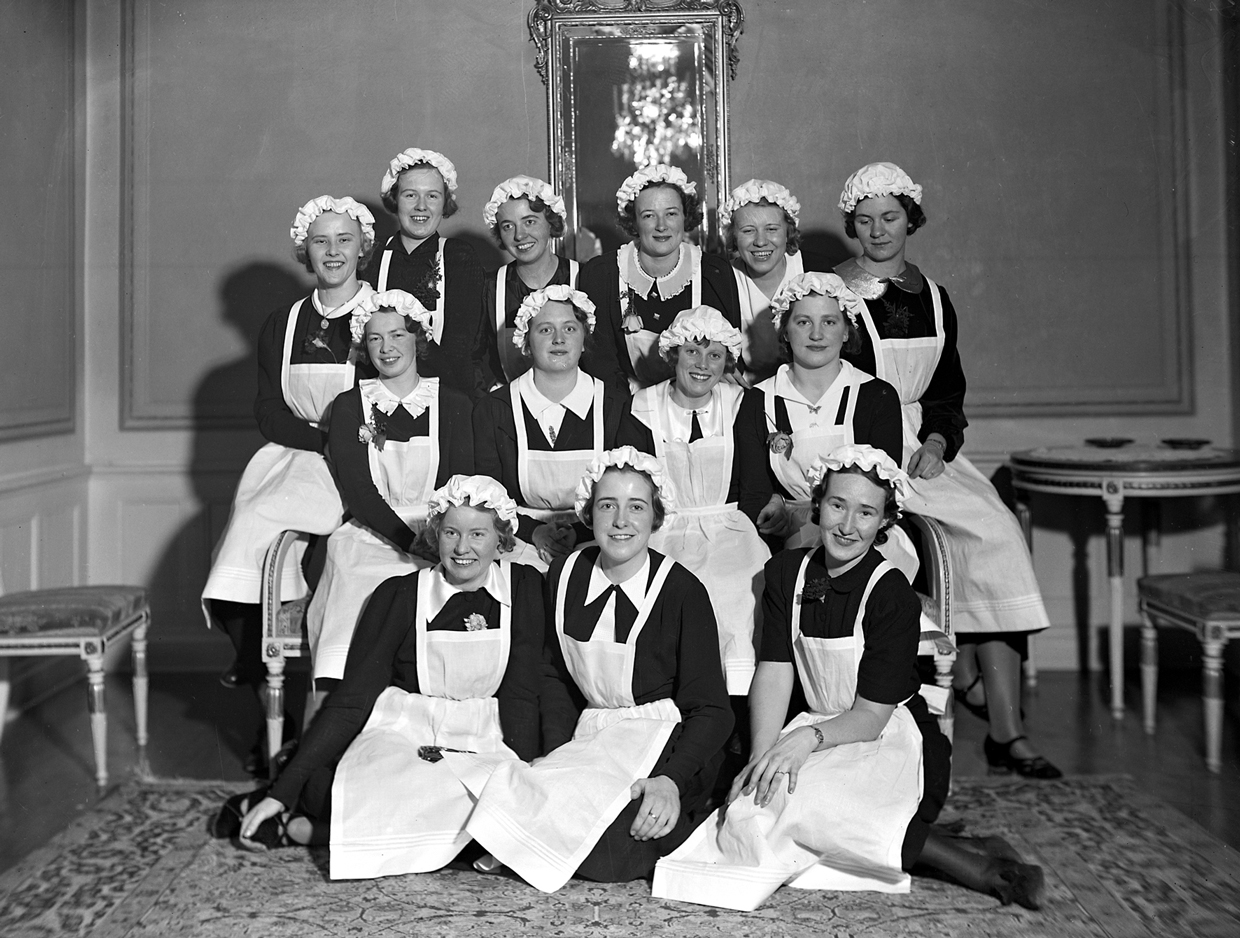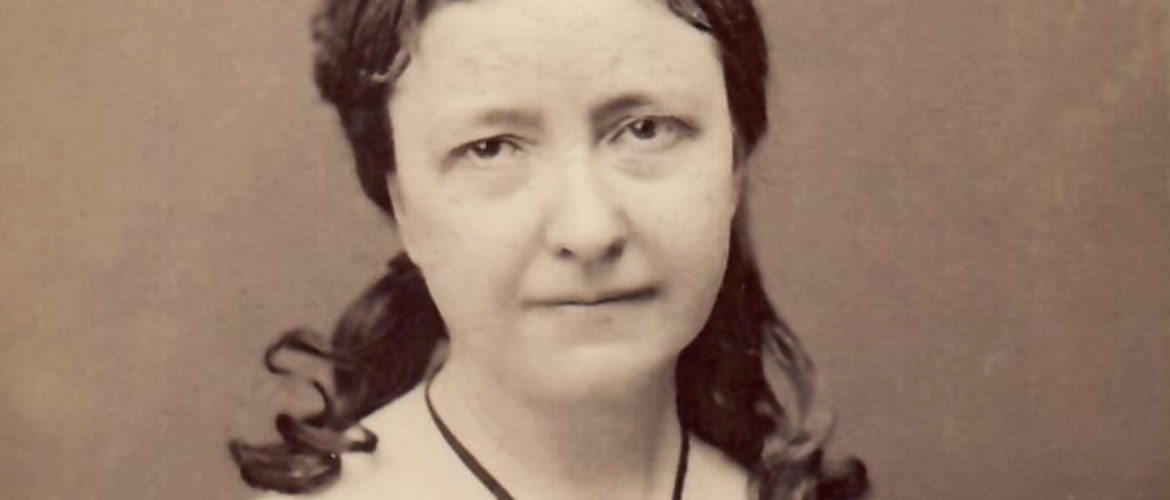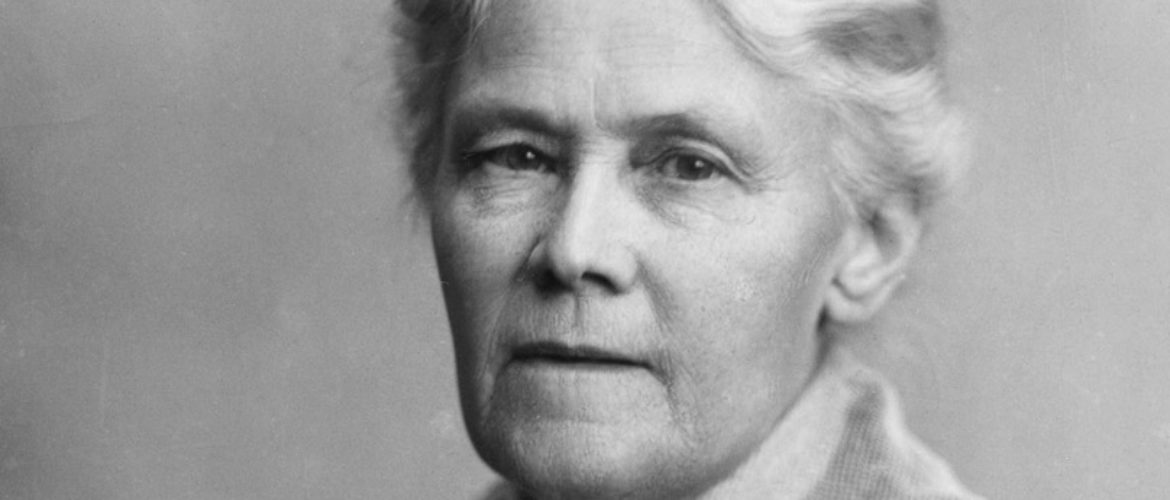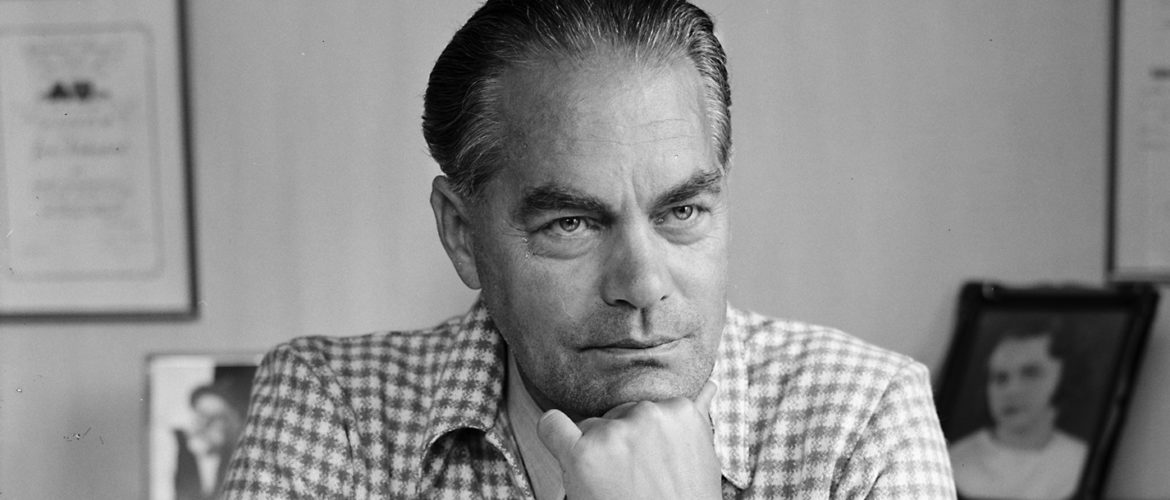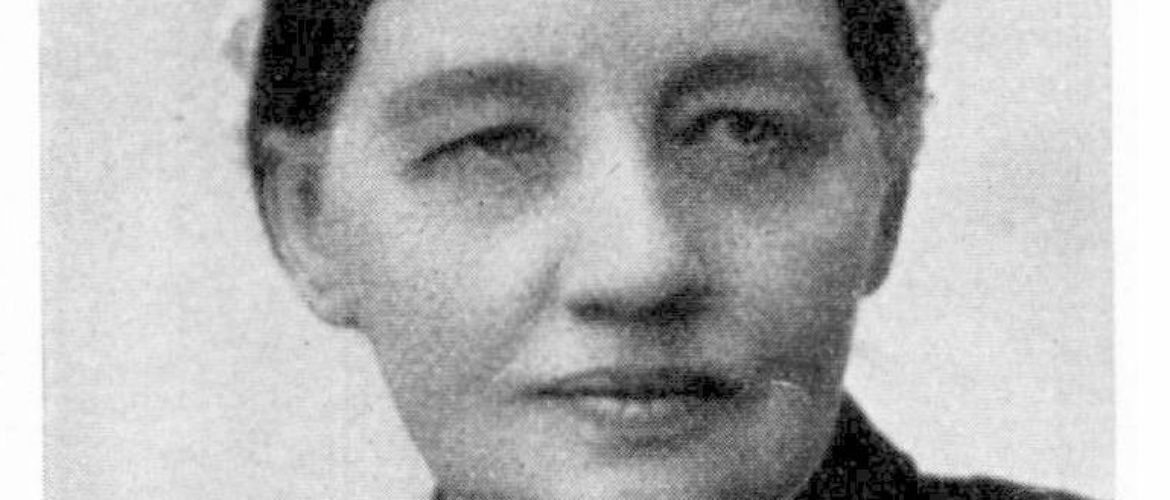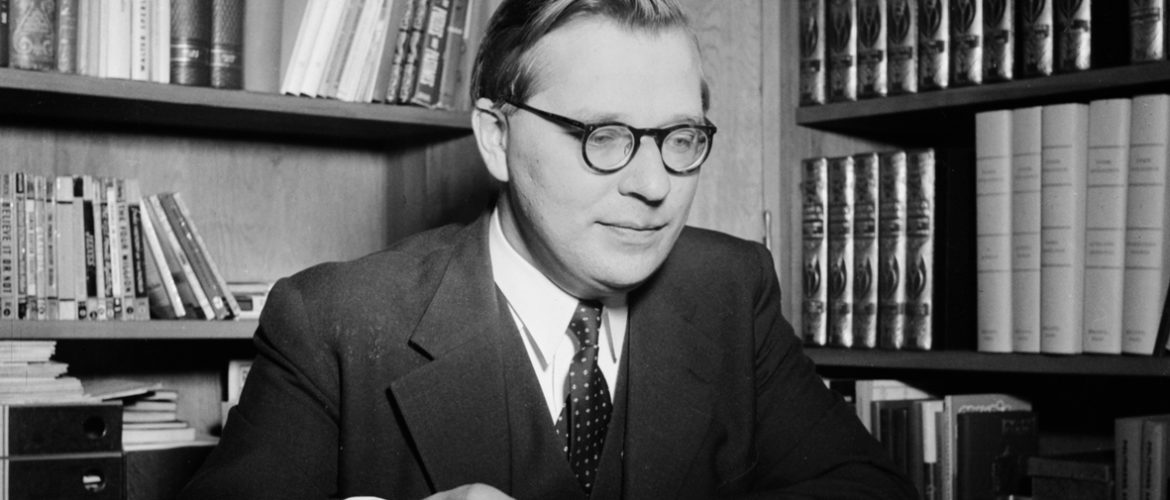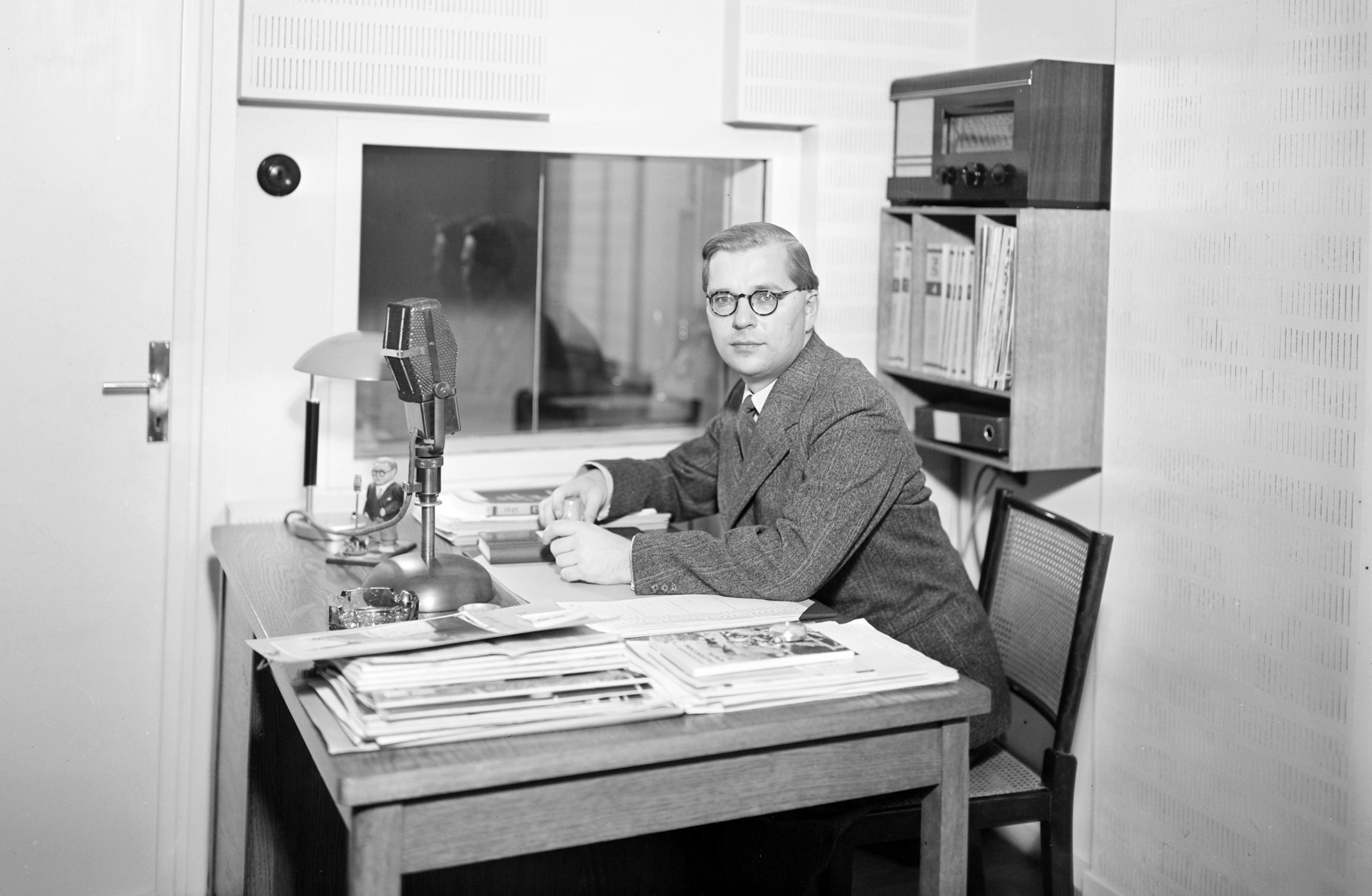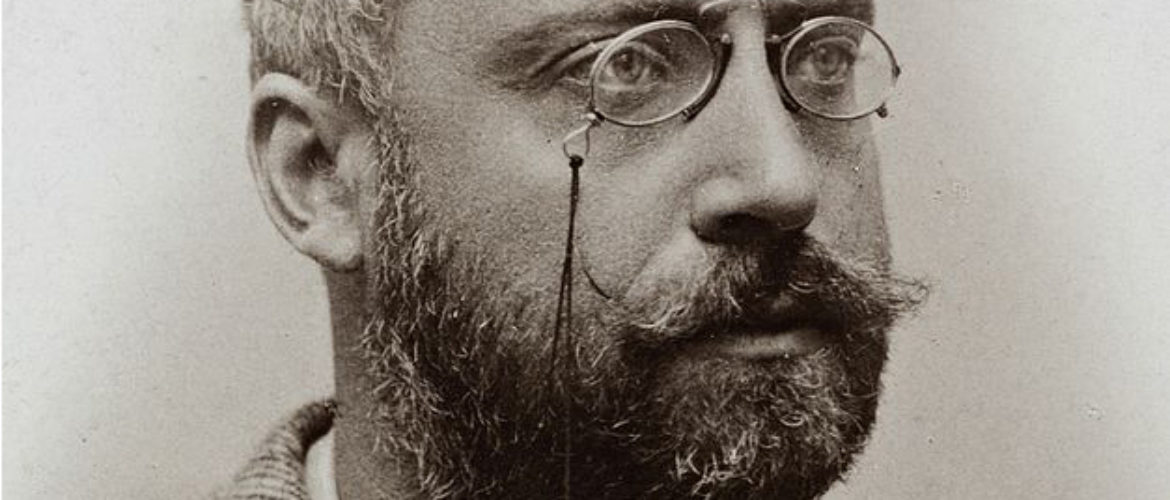1869-1934.
Home economics teacher.
As a child, Ida Norrby was placed with her uncle, Professor Carl Norrby, and his wife, the educationalist Jane Miller Thengberg in Uppsala.
Apart from a few short stays in her native Kalmar, she spent her childhood and youth in Uppsala. After training as a primary school teacher, Norrby studied home economics, chemistry, physiology and health in Edinburgh.
Back in Uppsala in 1894, she was employed at the Department of Home Economics at Uppsala Enskilda Läroverk, where J. A. Lundell was headmaster. The following year, the School of Home Economics was established, where Norrby was director until 1933.
In 1903, Norrby published Hemmets kokbok, which went through 50 editions (1994), and she was also responsible for the preparation of Lilla kokboken (1926), Skolans kokbok (1925) and Stora kokboken (1926).
She was one of the founders of the Swedish Association of Housewives and was its chairman from 1919 to 1926 and chairman of both the Swedish School Kitchen Teachers' Association from 1913 to 1926 and the Swedish Craft Teachers' Association from 1919 to 1929.
Ida Norrby was also a member of Uppsala City Council from 1919 to 1930 and received an honorary doctorate from Uppsala University in 1927.
Burial site: 0134-2143
Image description: Ida Norrby ca 1920-1930. Photo: Ellen Claeson / UUBThe image is cropped]
Click here for an uncropped image

